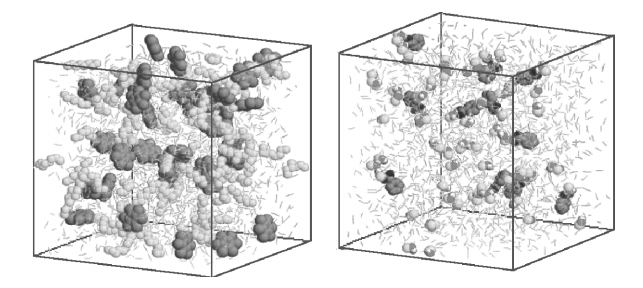in "Multiscale Simulation Methods for Nanomaterials" Eds. R.B. Ross and S. Mohanty, John Wiley & Sons, Inc.: Hoboken, NJ, 2008, pp. 189-200
Over more than 50 years, particle-based computer simulations have evolved from a numerical tool, used mainly to validate theoretical predictions for simple model problems, to become “computer experiments” using sophisticated interaction potentials that allow the simulator to predict macroscopic properties and to provide microscopic understanding for “real” systems.1,2 The trajectory of the “in silico” system through its statistical mechanical phase space can be explored via deterministic molecular dynamics algorithms or via stochastic Monte Carlo processes. This review article provides five examples of large-scale Monte Carlo simulations where being termed “large-scale” is due either to the complexity of the system (number of components and phases) or the complexity of the method used to compute the interactomic potentials.
